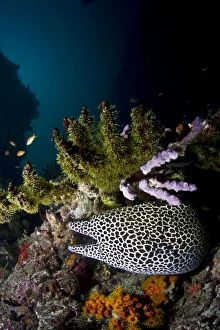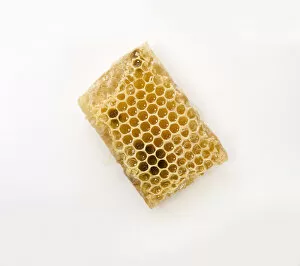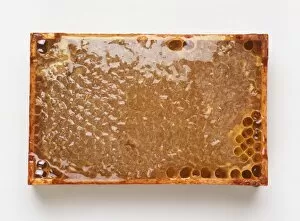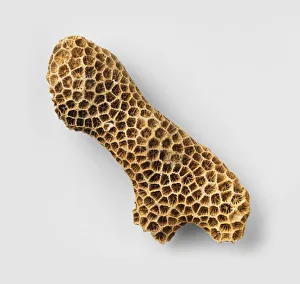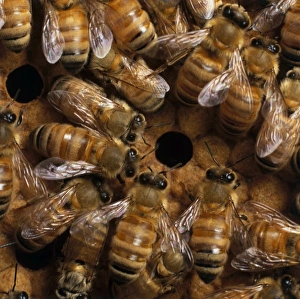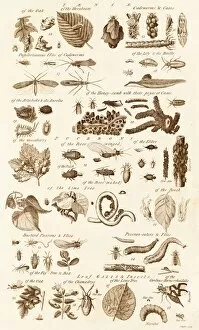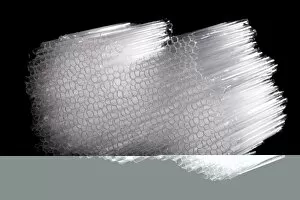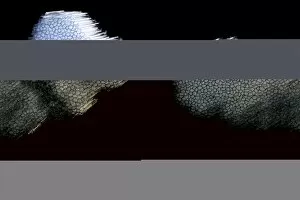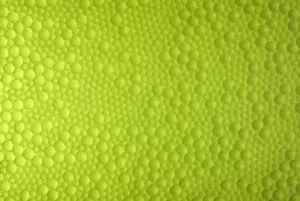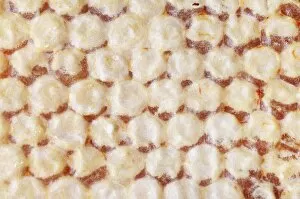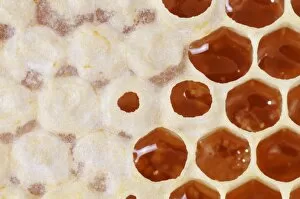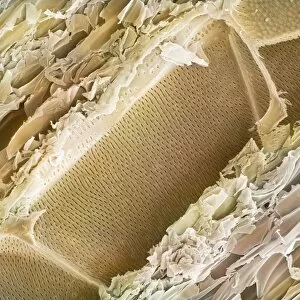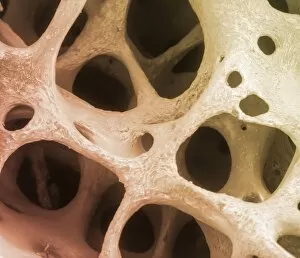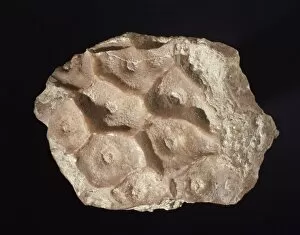Honeycomb Collection (page 5)
Honeycomb, a marvel of nature crafted by the diligent honey bees (Apis mellifera), is an intricate masterpiece that showcases their remarkable life cycle
All Professionally Made to Order for Quick Shipping
Honeycomb, a marvel of nature crafted by the diligent honey bees (Apis mellifera), is an intricate masterpiece that showcases their remarkable life cycle. This hexagonal structure, with its expanded cross-section and insets, serves as the heart of a bee colony. In this bustling world of bees, we witness the captivating scenes on the comb. The queen bee reigns supreme, surrounded by her loyal workers who tirelessly tend to the honeycomb and brood cells. In some cases, we may come across a queen with clipped wings in the UK—a practice done to prevent swarming. Beekeepers play an essential role in nurturing these incredible creatures. They carefully observe and assist in maintaining healthy hives while ensuring optimal conditions for honey production. These dedicated individuals understand that protecting our precious pollinators is crucial for both our environment and agriculture. The beauty extends beyond its significance to bees alone. In 1954, a drop shoulder cardigan featuring a stunning honeycomb stitch was published with instructions for craft enthusiasts to recreate at home—an elegant fusion of fashion and nature's design. Even high up on Mount Namjagbarwa in Yarlung Valley lies another breathtaking sight—the Himalayan honey bees (Apis dorsata laboriosa) diligently working on their combs amidst awe-inspiring surroundings. As we delve into the enchanting world of honeycombs, it becomes evident how these tiny insects have mastered architectural perfection through millions of years' evolution. Their ability to construct such precise structures holds valuable lessons about efficiency and sustainability—lessons that resonate far beyond their buzzing realm. Let us cherish every glimpse into this mesmerizing universe where hardworking bees transform nectar into golden sweetness within each cell—a testament to nature's ingenuity encapsulated within every delicate hexagon: Honeycomb - truly one of life's sweetest wonders.

